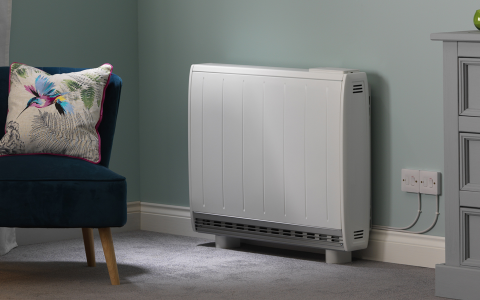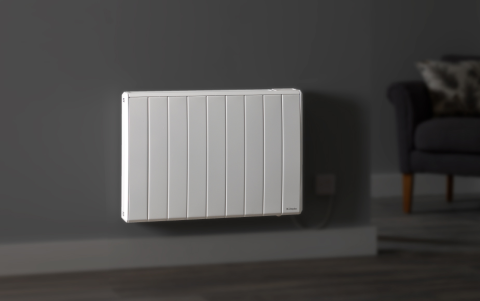The CCC’s June 2020 Emissions Progress Report
The Committee on Climate Change’s (CCC) most recent update on how the UK is progressing towards the achievement of emissions-based targets, such as net zero by 2050 and the carbon budgets, has certainly been listened to. There is no doubt that it influenced the Chancellor's recent Summer Economic Update and the decision to target a green recovery from the Covid-19 crisis.
So, what does the CCC see as the future of construction and what can be done to prepare for the changes this will make to HVAC specification?
We have summarised key industry insights in our 196-page report, structured by most commonly asked questions
Our report covers :
- How has lockdown affected the UK’s emissions progress?
- Has investment in low carbon solutions been shown to be commercially beneficial?
- Is the carbon tax scheme in London going to be applied to the whole of the UK? What does this mean for the development of upcoming regulation changes?
- Will Government address the cost difference between electricity and gas?
Our range of HVAC solutions aim to provide future proof technologies to building projects over various sectors.

How do I know what capacity fan coil I need?
Working out what capacity fan coil unit you need requires a lot of factors to be taken into consideration from the outset of a project, including solar gains. These include building orientation, geographical location, envelope construction materials and infiltration alongside internal gains such as lighting, equipment and occupancy. These will have to be considered with any potential plans to install solar shading, as they all have an impact on the predicted performance of a building.

Keeping Hay Fever at Bay
As we move towards the summer weather, for many people the annual trials and tribulations of hay fever have returned. With a spike in the pollen count predicted for the coming weekend, it’s worth considering the steps you can take to fight back and breathe easy in the coming months.

What's next for heat pumps within non-domestic RHI?
In preparation for the formal closure of the Non-Domestic Renewable Heat Incentive (NDRHI) scheme to new applicants, the government has released a consultation surrounding how the tariff system will be futureproofed as it come to an end.











